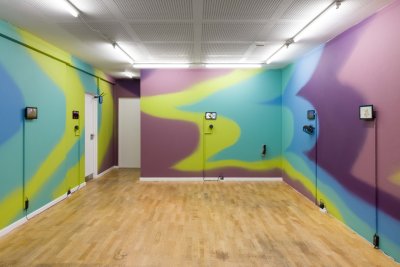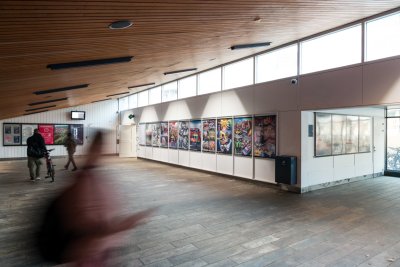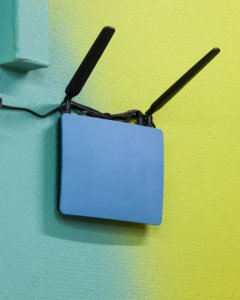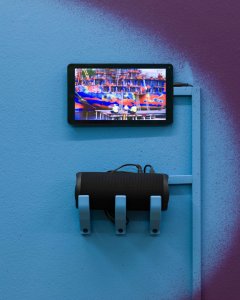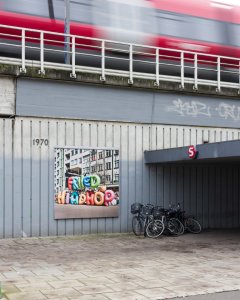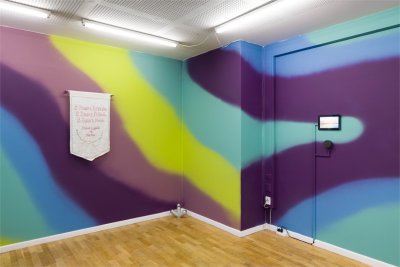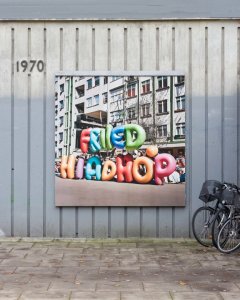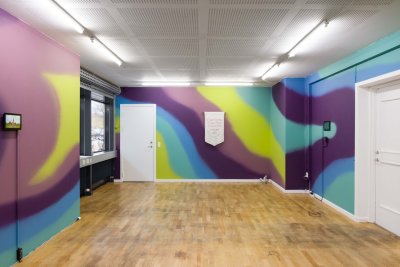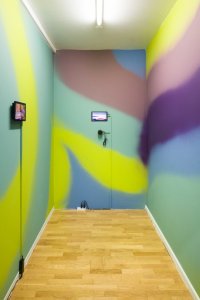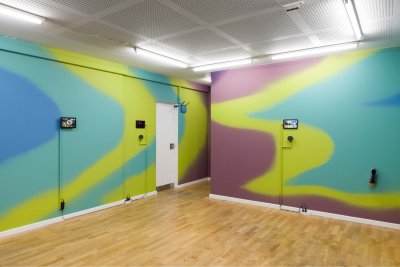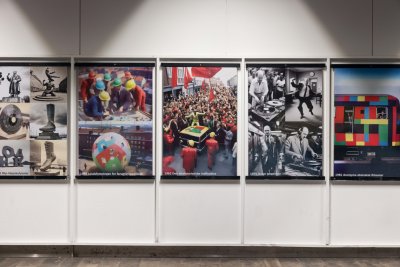Project Details
Frihed, Lighed og Hip-Hop used advanced imaging technology (artificial intelligence) to tell the story of a fictional relationship between the labour movement and hip-hop culture. The project replaced advertising posters at Sydhavn Station with what appeared to be an information campaign about the development and dissolution of the welfare state from 1872 to 2001.
The installation asked speculative questions: Can you remember when Prime Minister Helle Thorning played a DJ set in Parliament instead of giving an opening speech? Or the years when rap lyrics were about helping at home and taking good care of elderly citizens? Or the massive folk festival held in Fælledparken the day graffiti was legalised? These events never happened, but the project explored what might have been possible.
The work involved creating AI-generated posters and videos that depicted an alternative Danish history where the labour movement and 1990s hip-hop culture merged. The project used artificial intelligence not as a thinking entity, but as a tool filled with errors and biases that could inspire new ways of thinking.
Inside the exhibition space at Sydhavn Station (housed in a former DSB kiosk), the walls were painted with abstract graffiti and AI-generated videos showed various demonstrations and concerts related to this fictional history. The project exploited technological imperfections to imagine an improved future by manipulating AI's original commercial intent.
The exhibition was reviewed in Kunstkritikk as creating "nostalgic longing for a more community-oriented time" and telling "a story about a progressive welfare society that had much greater potential than what was unfolded." The work was noted for successfully revitalising "the dream of a more socially responsible social model" by letting hip-hop infiltrate actual history.
The project continued to develop as a multi-year work, with subsequent presentations including "Mr. Spray" at Friisland in 2024. The work has been presented in lectures at various universities, exploring themes of AI, welfare mythologies, and hope through the creative misuse of digital infrastructure.
